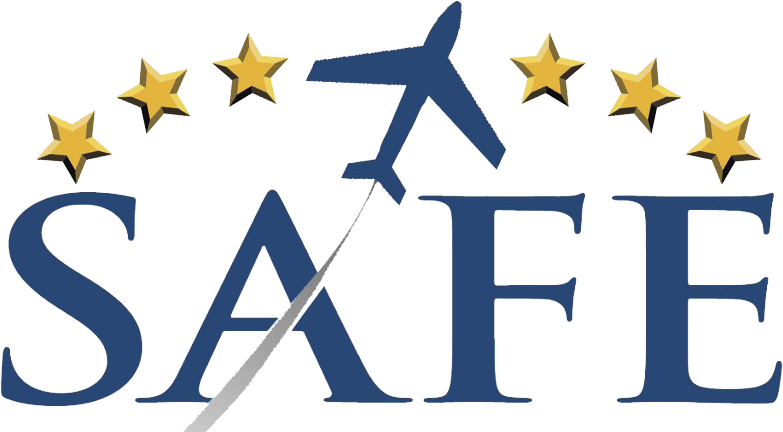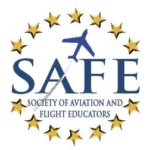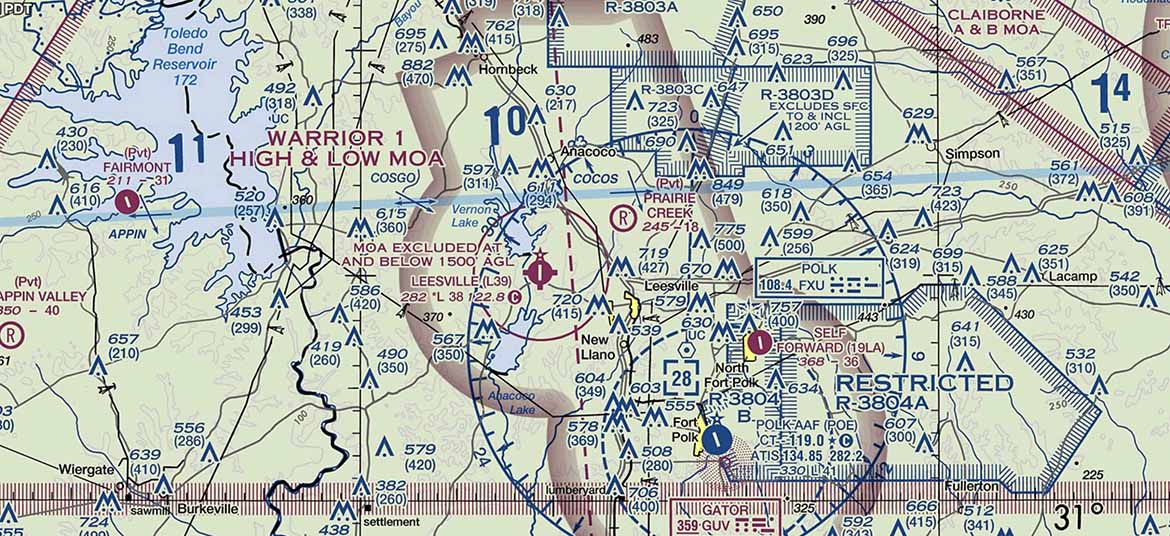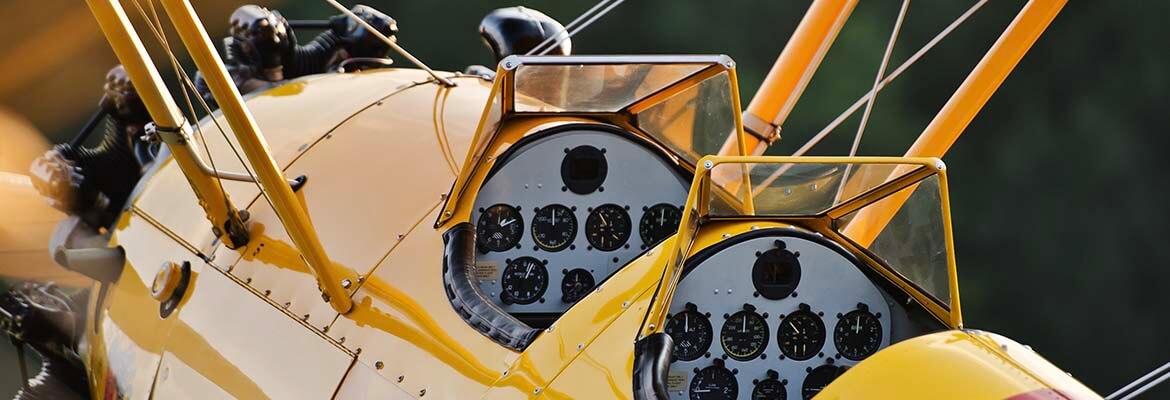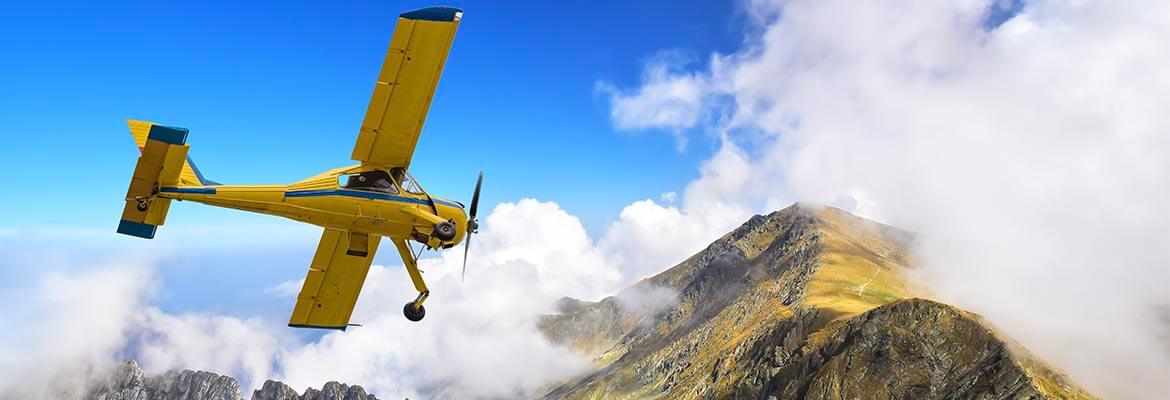Misconceptions in *defining* lift lead to misunderstandings of aerodynamics👉 https://bit.ly/AOPA-Aerodynamics 👈 #SAFEpilote #savvyCFI #MasterCFI #CFIprop
Becoming a CFI is a wonderful opportunity, but requires “on the job training.” 👉 https://bit.ly/CFI-Survive 👈 Keep learning!🙏 #SAFEtoolkit #CFIpro #flySAFE #MasterCFI #FAA #SAFEpilots
The new CFI guide to endorsements/training procedures is live👉 bit.ly/FAA-6165K 👈 Includes new sport (MOSAIC) #SAFEtoolkit #CFIpro #flySAFE #MasterCFI #FAA #SAFEpilots
Read December SAFE Strategies; free resources and fresh news. SAFE has over 8,000 members supporting our mission of aviation excellence. #SAFEtoolkit #CFIpro #flySAFE #MasterCFI #FAA #SAFEpilots #CFI... #PilotSafety #AviationCommunity #SAFE
For safer (and more accurate) landings, it is essential to adjust (factor) your approach speed for conditions (and weight)👉 bit.ly/SAFE-Factor 👈 like the pros! #SAFEtoolkit #CFIpro #flySAFE ...#MasterCFI #FAA #SAFEpilots
The POH approach speeds are for max gross weight; adjust (factor) for accuracy. See SAFE blog👉 https://bit.ly/SAFE-Factor 👈 #SAFEtoolkit #CFIpro #flySAFE #MasterCFI #FAA #SAFEpilots
https://bit.ly/SAFE_Dweck
Join SAFE: http://bit.ly/JoinSAFE
“SAFE Toolkit” http://bit.ly/SAFEtoolkit
YouTube: http://youtube.com/safepilots
SAFE Webinar: ...https://bit.ly/SAFE-ProLive
Download our FREE “SAFE Toolkit” App
<http://bit.ly/SAFEtoolkit> 👍⬇️
SAFE CFI-PRO™ Free Tools!
<https://bit.ly/SAFE-Showtime> ⬇️⬇️
“Checkride Ready!™️DPE advice!
<https://bit.ly/SAFEapp-CkRide> 👍⬇️
SAFE “Extended Envelope Training” <https://bit.ly/EEM-121> 👍⬇️
The best CFI Insurance!
<https://bit.ly/SAFEinsurance> 👍⬇️
New CFI “Survival Tools”
<https://bit.ly/CFI-Survive>
BUILD SPEED: https://bit.ly/SAFE-Quicker
Use your higher level *human intelligence* (non-AI) at the correlation level👉 https://bit.ly/SAFE-NonAI 👈 Go beyond ROTE! #SAFEtoolkit #CFIpro #flySAFE #MasterCFI #FAA #SAFEpilots
MOSAIC provides amazing opportunities for pilots (and CFIs)👉 bit.ly/SAFE-ProLive 👈Watch live SAFE Webinar; Nov 30 @8pm EST #SAFEtoolkit #CFIpro #flySAFE #MasterCFI #FAA #SAFEpilots
Latest Member Courses
It’s time for us – as instructors – to do the research and put some study time in so that we can do a better job of teaching the VFR chart. There is so much information provided if we just look closely and understand what that big - sometimes hard-to-handle - multi-colored piece of paper is telling us.
